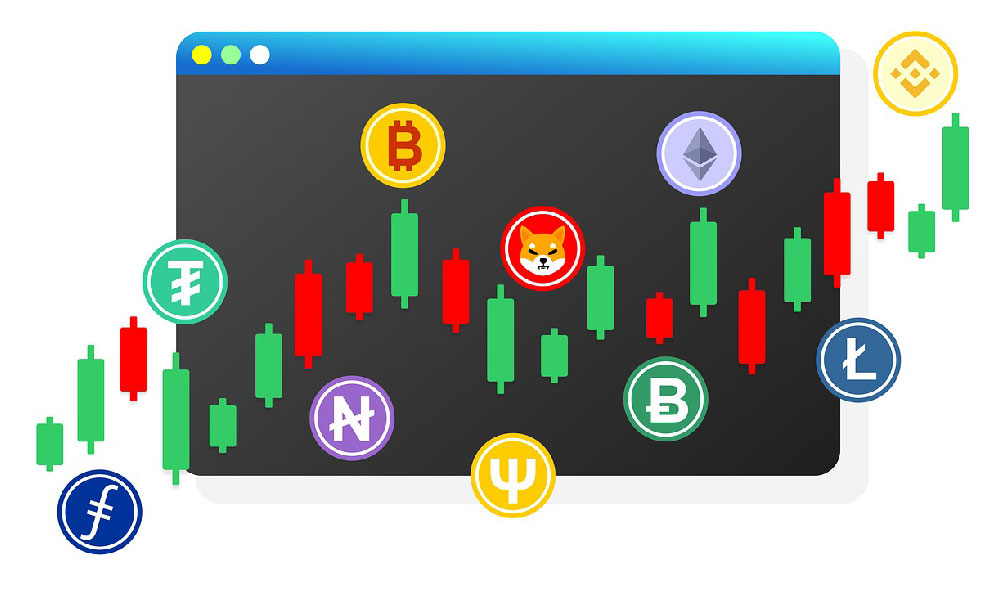Navigating the world of online content creation can feel like charting unknown waters, especially when considering the potential for financial gain. YouTube, as the dominant platform for video content, often sparks the question: how much can you really earn, and is the effort truly worthwhile? The answer, unfortunately, is multifaceted and depends on a confluence of factors, making it impossible to provide a definitive, universally applicable number. However, by dissecting these factors and examining the mechanics of YouTube monetization, we can paint a more accurate and nuanced picture of the earning potential.
One of the primary revenue streams for YouTubers is advertising revenue through the YouTube Partner Program (YPP). To qualify for YPP, a channel needs to have at least 1,000 subscribers and 4,000 valid public watch hours within the past 12 months. Once accepted, creators can monetize their videos by displaying various types of ads, such as display ads, overlay ads, sponsored cards, skippable video ads, and non-skippable video ads. The revenue generated from these ads is often measured in terms of CPM (Cost Per Mille), which represents the cost an advertiser pays for one thousand ad impressions, or RPM (Revenue Per Mille), which is the revenue a creator earns for every one thousand views after YouTube’s cut.
The CPM and RPM can fluctuate significantly based on several variables. One crucial factor is the niche or subject matter of the content. For instance, videos focusing on finance, business, or technology typically command higher CPMs than those centered on gaming, lifestyle, or entertainment. This is because advertisers are often willing to pay more to reach audiences that are likely to be interested in their products or services, and these categories tend to attract a more affluent and consumer-oriented viewership. Geographic location also plays a significant role. Viewers from countries with stronger economies, such as the United States, Canada, and Western European nations, generally generate higher CPMs compared to those from developing countries. This discrepancy stems from the varying advertising rates in different regions.

Beyond advertising revenue, creators can explore alternative monetization avenues. Channel memberships offer exclusive perks to paying subscribers, such as custom badges, emojis, and access to members-only content. Super Chat and Super Stickers, available during live streams, allow viewers to highlight their messages in the chat by paying a fee. Merchandise shelves enable creators to sell branded products directly to their audience. These supplementary income streams can significantly augment overall earnings, particularly for established channels with a dedicated fanbase.
Affiliate marketing presents another lucrative opportunity. By recommending products or services in their videos and providing affiliate links in the description, creators can earn a commission on each sale generated through their links. This approach is particularly effective for channels that review products or offer tutorials. Strategic partnerships with brands can also lead to sponsored content opportunities, where creators are paid to promote a brand's products or services in their videos. These sponsorships can be highly profitable, but it's crucial to maintain transparency and ensure that the sponsored content aligns with the channel's values and resonates with its audience.
However, understanding the monetization mechanics is only half the battle. Building a successful YouTube channel requires substantial time, effort, and dedication. Creating high-quality content that is engaging, informative, and visually appealing is paramount. Consistency is key, and regularly uploading new videos is essential to keep the audience engaged and attract new viewers. Effective promotion is also crucial. Sharing videos on social media platforms, collaborating with other YouTubers, and utilizing search engine optimization (SEO) techniques to improve video visibility are all important strategies.
Furthermore, the YouTube landscape is constantly evolving, and creators need to stay updated on the latest trends and algorithm changes. YouTube's algorithm determines which videos are recommended to users, and understanding how it works is critical for maximizing reach and visibility. Changes to the algorithm can have a significant impact on channel performance, so adaptability and a willingness to experiment are essential qualities for any aspiring YouTuber.
So, returning to the original question: is it worth it? The answer depends on individual goals and expectations. For some, YouTube is a passion project, a creative outlet, or a way to connect with like-minded individuals. For others, it's a potential source of income, a full-time career, or a means of building a personal brand. If the primary motivation is solely financial gain, it's important to have realistic expectations and be prepared to invest considerable time and effort before seeing significant returns.
The reality is that most YouTubers, especially those just starting out, earn very little. Building a substantial audience takes time, and monetization opportunities often don't become viable until a channel reaches a certain size and level of engagement. However, for those who are passionate about creating content, willing to put in the work, and adaptable to the ever-changing YouTube landscape, the potential rewards can be significant. It's not just about the money; it's about the opportunity to share your voice, connect with a global audience, and build a community around your content. Ultimately, the value derived from YouTube is subjective and depends on what you hope to achieve. If you approach it with dedication, creativity, and a willingness to learn, it can be a rewarding and potentially profitable endeavor.












